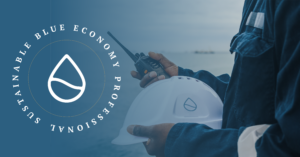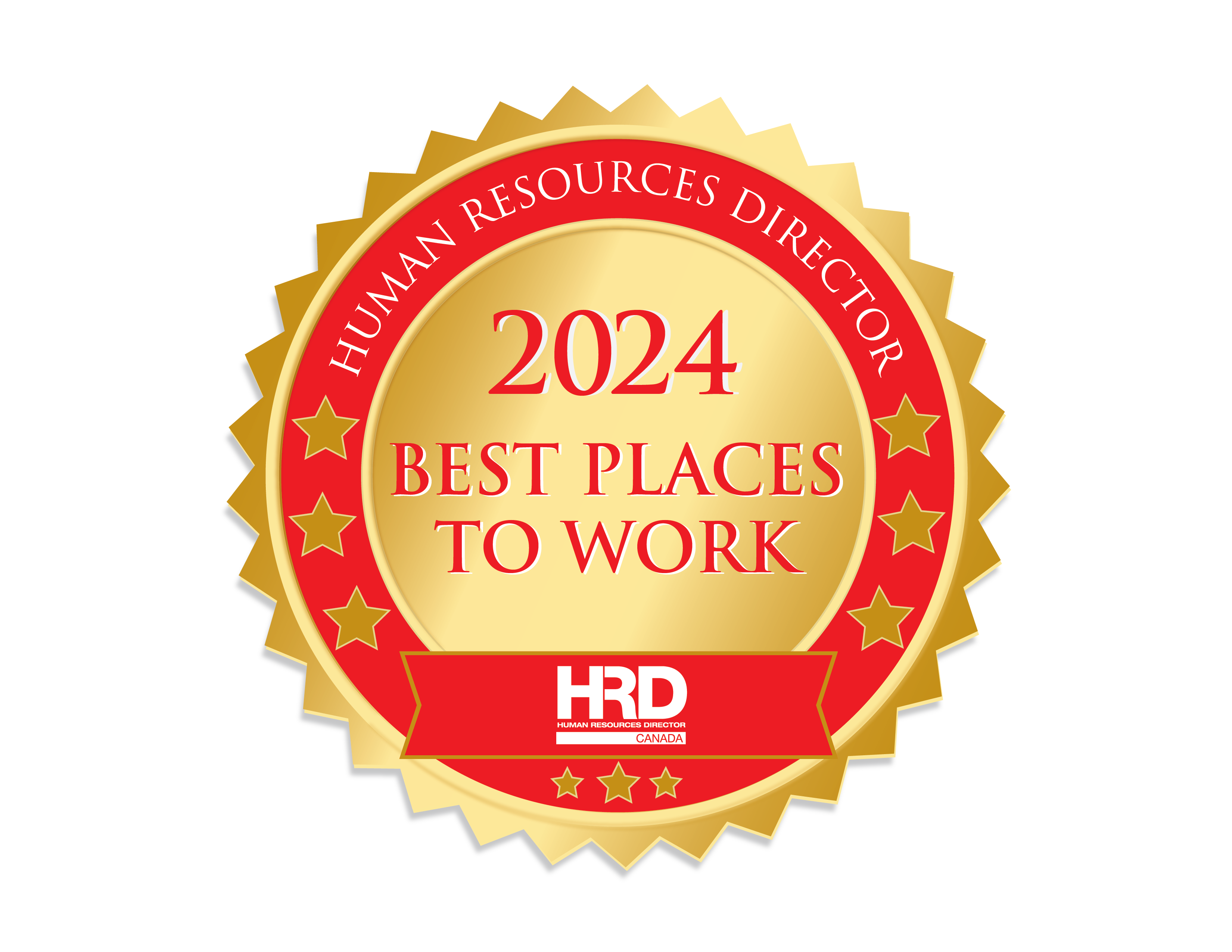
Guest Post by: Douglas Kube, EP, CHSC, OHS-A
Senior Environment, Health & Safety Consultant
Stantec
The global standard for environmental management systems, ISO 14001:2004 is under review, with significant changes anticipated in the next version. This represents a major revision of the standard, with far greater implications for certified organizations than in the 2004 revision. The Technical Committee 207/SC 1/WG5 has drafted a Committee Draft that includes the proposed changes.
Some changes will have an effect on those Environmental Professionals (EPs) specializing in environmental management and practicing in companies that want to maintain their ISO 14001 certification. The proposed changes to ISO 14001:2004 will align the standard more firmly to top-level business strategy and could have a significant impact on companies currently certified to the standard, requiring additional skills, expertise and/or resources to implement changes and maintain systems.
As most practitioners in environmental management know, ISO 14001:2004 sets the criteria for certification of an environmental management system. Although ISO 14001:2004 does not specify environmental performance requirements, it maps out a framework for organizations to set up an effective environmental management system. By registering to the standard, company management, employees, and external stakeholders ensure that they are measuring and reducing environmental impacts (ISO, 2013).
The revised standard will also introduce a new structure and common language, consistent with ISO’s framework for other management systems standards, including the ISO 9001 standard, which is following a similar timeline for revision.
Although the Committee Draft features numerous proposed changes, there is one section in particular that may create a significant challenge for EPs who practice as environmental managers or coordinators in certified organizations.
In the proposed standard, Section 5: “Leadership and Commitment,” places greater emphasis on top management’s responsibility than in ISO 14001:2004, and is similar in structure and content to Section 5 in ISO 9001:2008.
Section 5 reflects the philosophy that organizations must incorporate environmental management system requirements into business processes, while top management must ensure that objectives and targets are consistent with the strategic direction of the organization (Mors, 2013).
Based on the proposed changes to Section 5, senior management would need to:
- Understand the context of the organization
- Use this organizational insight to drive the environmental management system
- Align the management system with the organization’s strategic direction
- Consider environmental performance in strategic planning
- Integrate management system requirements into core business processes
In theory, these new requirements will force businesses to better integrate environmental management into organizational processes and strategic decision-making at a higher level within the organization.
Under the proposed clause related to understanding the organization and its context, companies would need to identify and consider internal and external issues relevant to their own purpose that may also influence the effectiveness of their environmental management system or the business as a whole. Organizations would also need to consider the implications of external e
vironmental conditions, such as climate change, and how they might affect the organization’s raison d’être and ability to deliver on strategic plans.
These new requirements will pose some interesting challenges for certified organizations, as they will need to pay more attention to environmental risks at strategic, senior management and Board of Directors-levels within their organization.
The changes discussed above will require EPs to possess different, and often new, competencies. EPs will need to reassess their current knowledge, skills and abilities, as well as improve their business acumen and strategic planning capabilities to work more effectively at senior levels. Alternatively, organizations may need to look externally and consider the option of hiring consultants who have the necessar business acumen and strategic planning skills, if they are not available within the organization.
Come January 2015 when the standard is issued, and assuming these proposed changes pass, some organizations may question the value of maintaining their certification and investing further in their management systems. Some will ask the question: Does certification to ISO 14001 actually pay off on the bottom-line?
Many companies will be more interested in how environmental management impacts financial performance through the top or bottom line. One recent study suggests that in the short term, ISO 14001 certification makes only a minor impact on the bottom line. However, these same results show a significant financial improvement over the long haul with ISO 14001 certification. Additionally, this long-term improvement has a significant positive impact on top-line performance (de Jong, 2013).
Assuming an organization agrees that ISO 14001 certification actually pays off for the top or bottom-line, it will need to carefully assess the changes being proposed. It will need to establish an action plan for moving forward that addresses the proposed changes in Section 5 on “Leadership and Commitment,” as well as other sections.
This plan will need to address how the organization will integrate environmental management into organizational processes and strategic decision-making at a higher level within the organization. Businesses will also need to consider their current resources, and how they plan to address any existing knowledge and skill gaps.
Most importantly, EPs will need to reassess their own competencies and develop a personal development plan for improving their own business acumen and strategic planning skills. This skill development will enable them to work effectively with senior management and the revised ISO 14001 standard.
References




